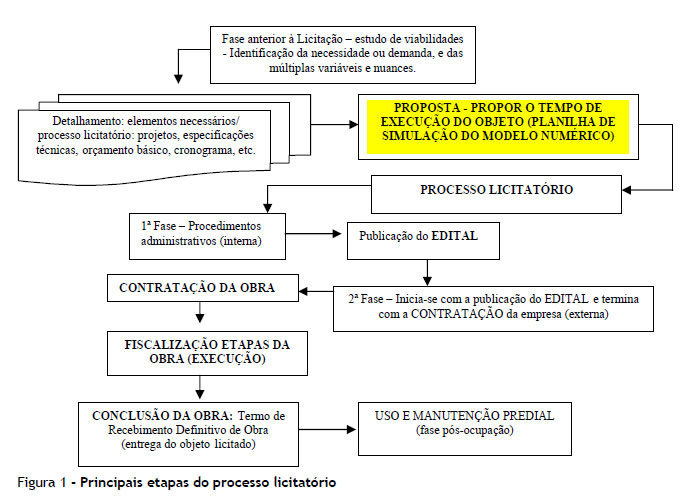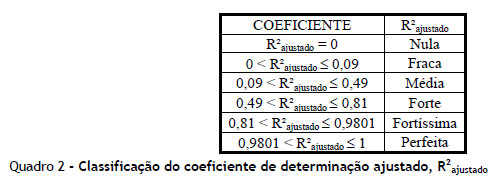This article proposes the adoption of a numerical prognosis model to estimate the variable "execution time" for public projects in an objective way. The field work consisted of the application of statistical methods for analyzing data from projects that were bid and contracted by the Federal University of Pará (UFPA) between 2006 and 2009.. Data analysis involved linear regression and transformed functions. After the stratification and initial treatment of the data, the evidence adopted for the construction of the final model was limited to 102 out of the 225 projects originally investigated, resulting in the following statistical parameters: correlation coefficient (R) of 0.899, coefficient of determination (R²) of 0.808, adjusted coefficient of determination (adjusted R²) of 0.796, and standard error (Se) of 0.41. These parameters show a strong linear correlation between the variables, indicating that 79.60% of the variability of the execution of a public project is jointly caused by variations in the gross floor area, the estimated cost, the operational technical capacity of the client organization; the operational capacity of the company; the type of service, and the season.
Modeling; Execution time; Public Projects; Linear Correlation; Numerical Model
















